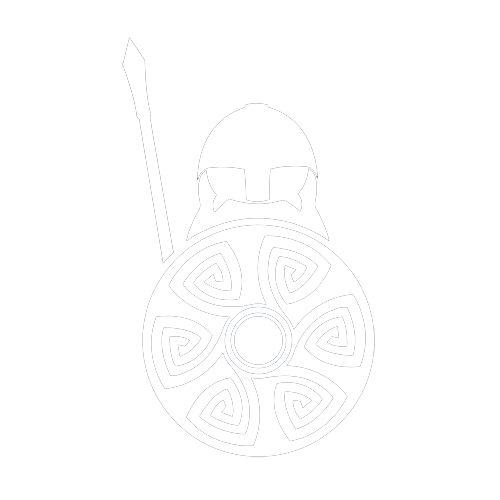Arundel Castle has been a family home to the Dukes of Norfolk and their ancestors for nearly 1000 years, and is one of the longest inhabited country houses in all of England.
Arundel Castle History
Arundel Castle was first founded in 1067 on Christmas Day, by Roger de Montgomery, Earl of Arundel. He was a loyal baron to the Norman invader, William the Conqueror, and was granted one third of Sussex on condition that a Castle was built on the River Arun, to protect Sussex from attack.
Arundel Castle keep sits upon a motte, and inside the stone curtain wall is the bailey, which shelters the grand rooms of the castle. The motte is an artificial mound that was created in 1068, 100 feet above the moat.
Henry I settled in the castle with his then current wife Adeliza of Louvain, whom the castle and lands were handed to upon his death. She then married William d'Albini II, who built the stone shell keep upon the motte, that you see today.
Henry II, who built most of the oldest parts of Arundel Castle, confirmed William d'Albini II as Earl of Arundel.
Arundel Castle has passed down through the d'Albini family for generations, from 1138 to today, passing occasionally to the crown, and then to the Fitzalans in the 13th century. Then from the Fitzalans to the Howards in the 16th century, and Arundel Castle has been the seat to the Duke of Norfolk ever since. (See Arundel Castle - Duke of Norfolk section below).
Arundel Castle was heavily involved in the War of the Roses and the English Civil War. During the civil war (1642-1645), Arundel Castle was besieged twice, firstly by the Cavaliers (the royalists in support of Charles I) who took control of the castle, and then again by Oliver Cromwell's Roundheads (the Parliamentarians). The castle was left in disrepair until around 1718, when the 8th Duke of Norfolk, Thomas Howard (1683-1732), began repair work.
Further restoration was applied by the 11th Duke of Norfolk, the drunken Duke, Charles Howard (1746-1815).
The Arundel Castle you see today is mainly down to the 15th Duke of Norfolk, Henry Fitzalan-Howard (1847-1917), who restored the castle fully and was completed in 1900. It was one of the first English country houses to be fitted with electricity, lifts and central heating.
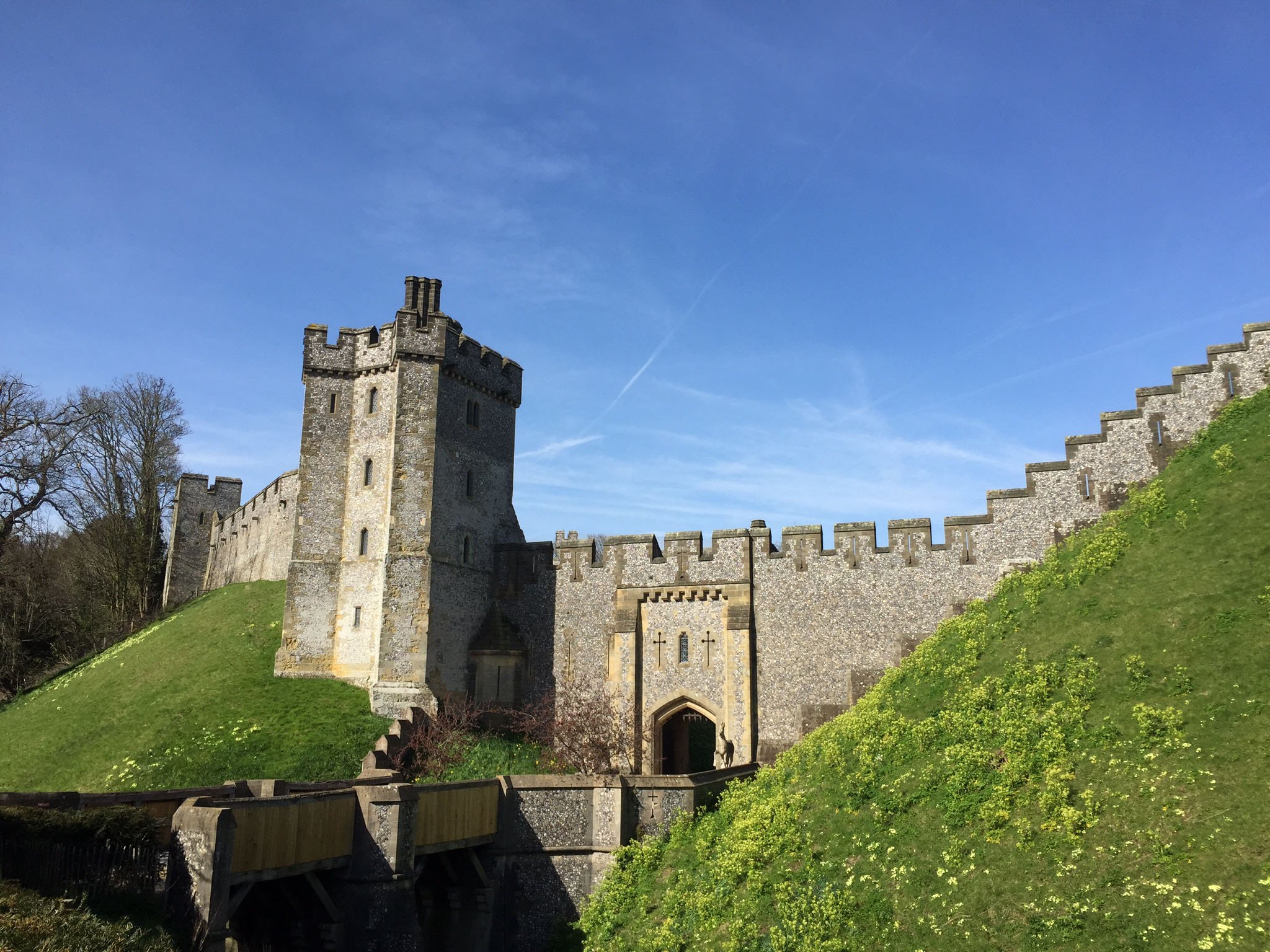
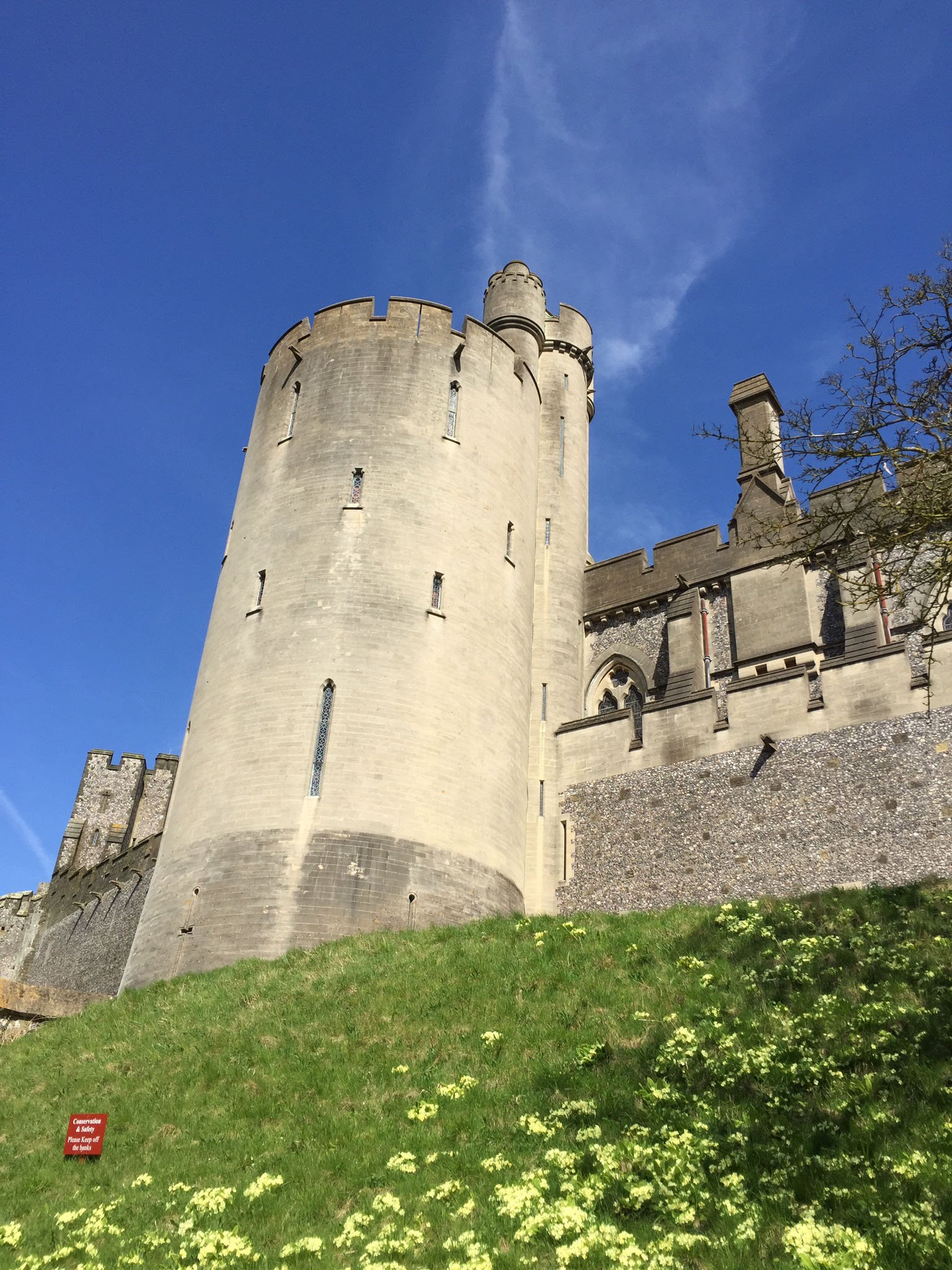
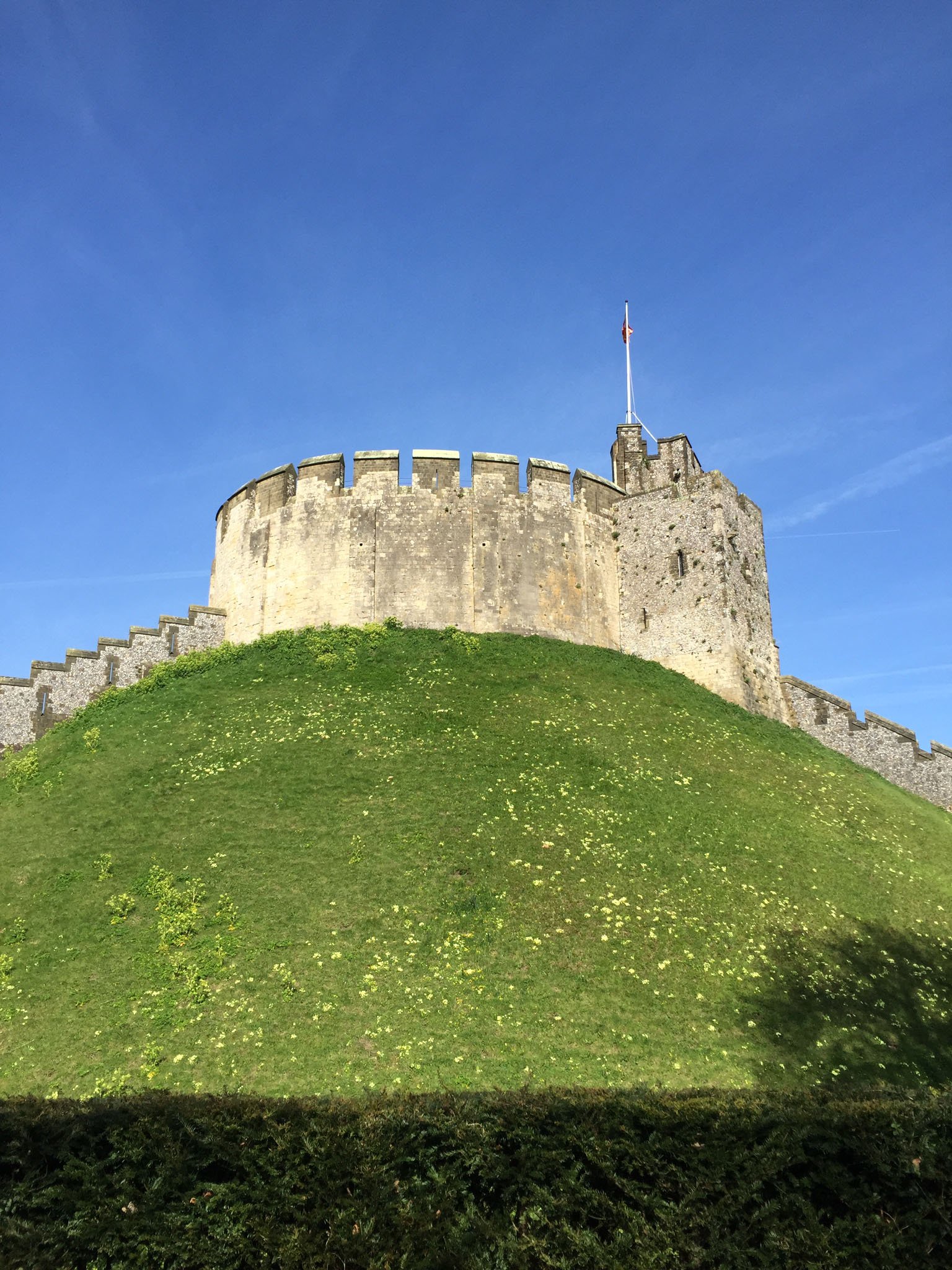

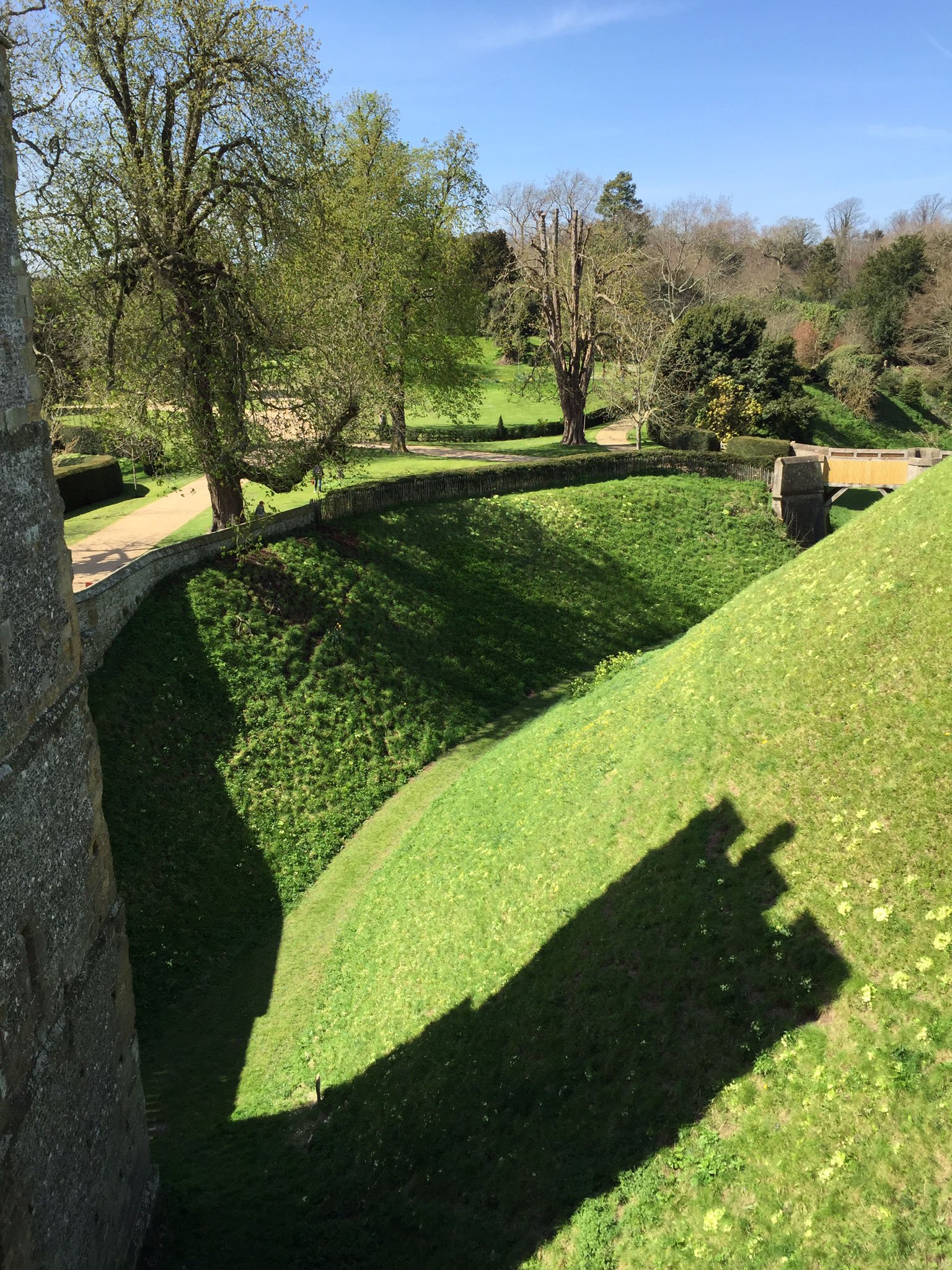
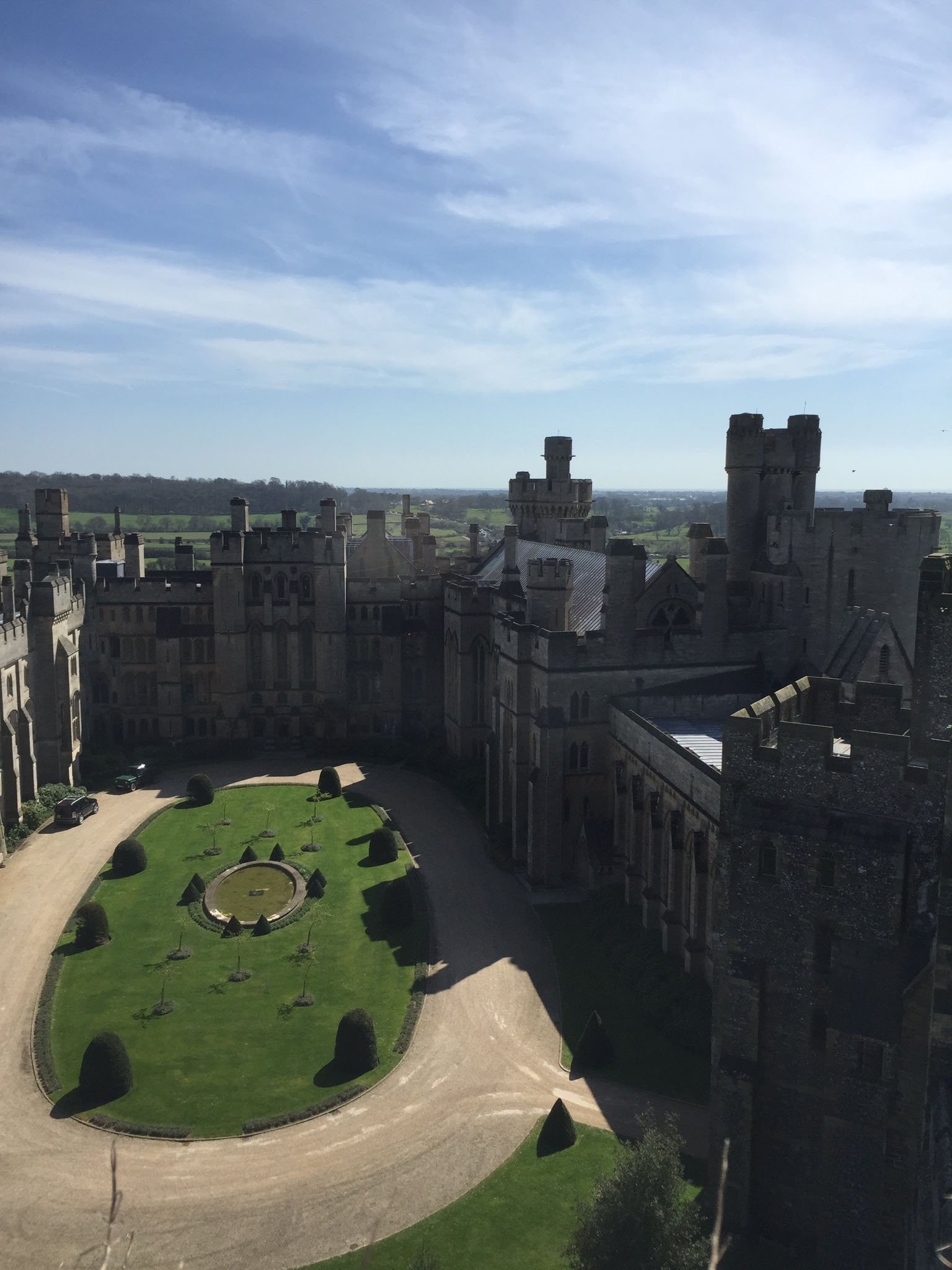
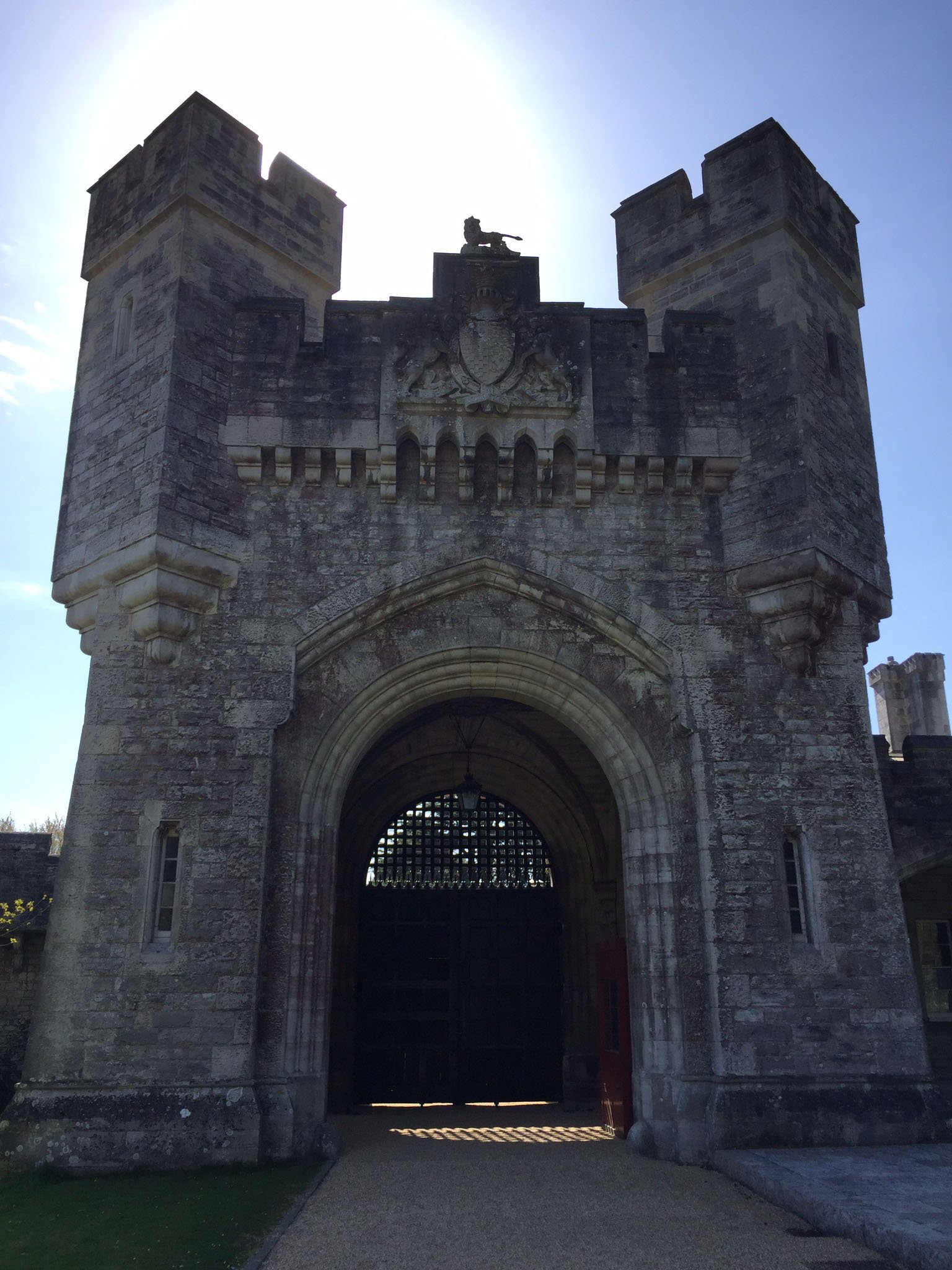
Arundel Castle Gardens
Arundel Castle gardens are a fantastic addition to the castle. The gardens are a tribute to the 14th Earl of Arundel, Thomas Howard (1585-1646), who was known as the Collector Earl, as he was responsible for many of the treasures seen in the castle today.
Inside the walled gardens of Arundel Castle, there are unique oak pagodas, water fountains and terraces all laced with colourful plants, like tulips, fruit trees and vegetable patches. The greenhouses are home to all sorts of herbs and fruits.
The upper terraces of Arundel Castle gardens are of an Italian design, with large terracotta pots filled with Agapanthus in the summer. In the lower terraces, there is a tropical theme apparent, with palms, bananas and ferns abundant.
The latest edition to Arundel Castle gardens is the unique floating crown in Oberon's Palace. This was opened by HRH Prince of Wales in 2008.
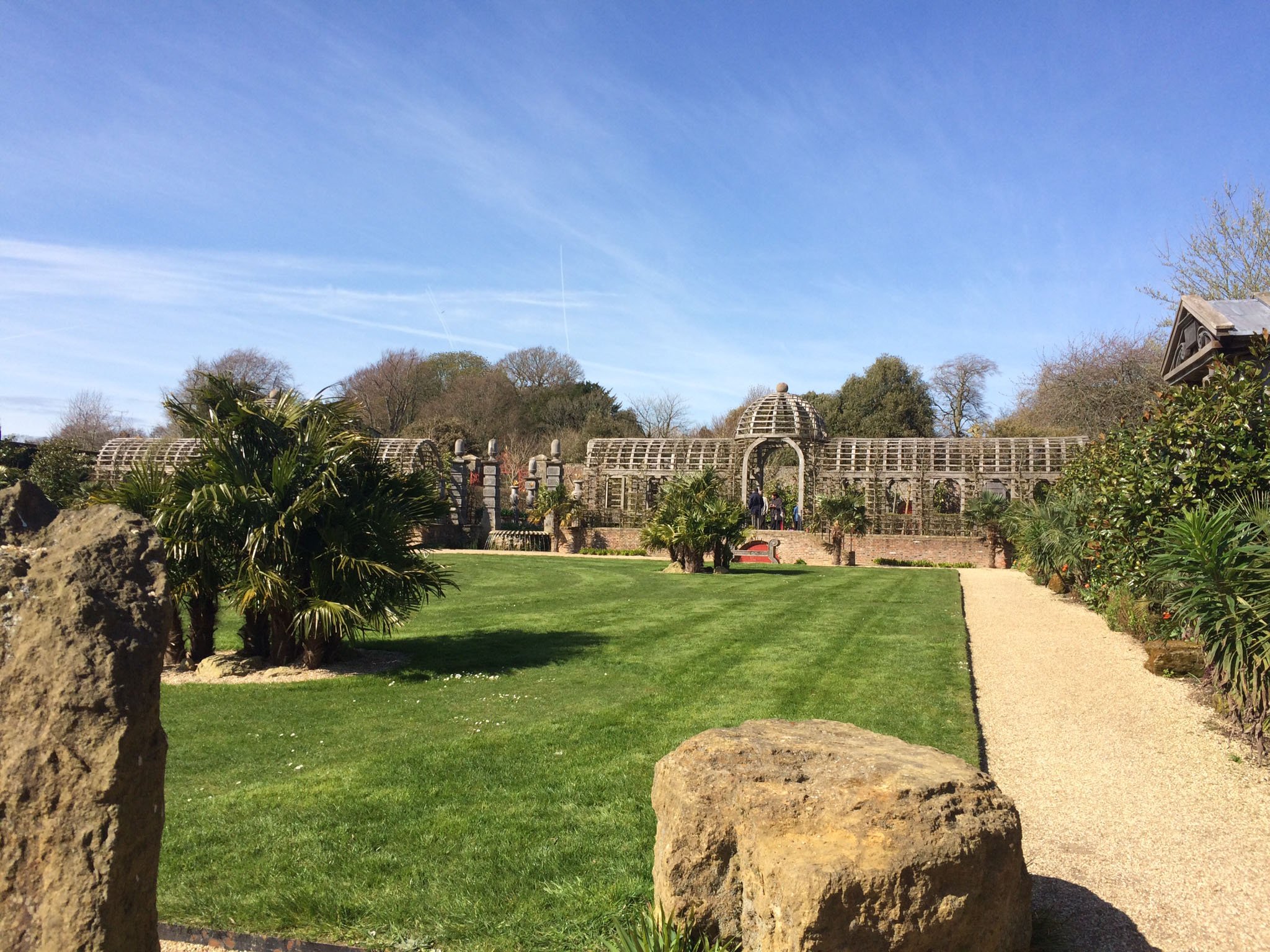
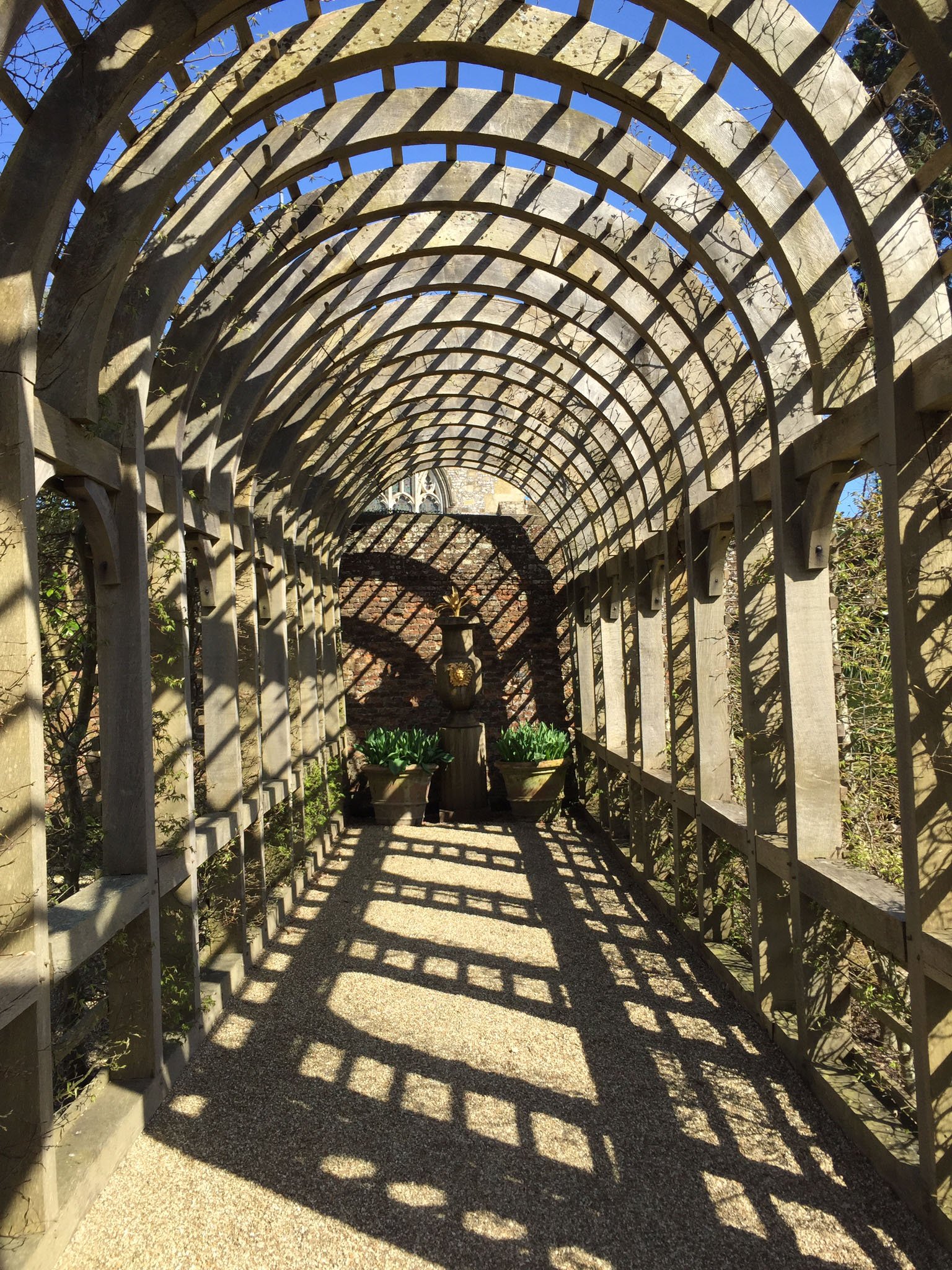

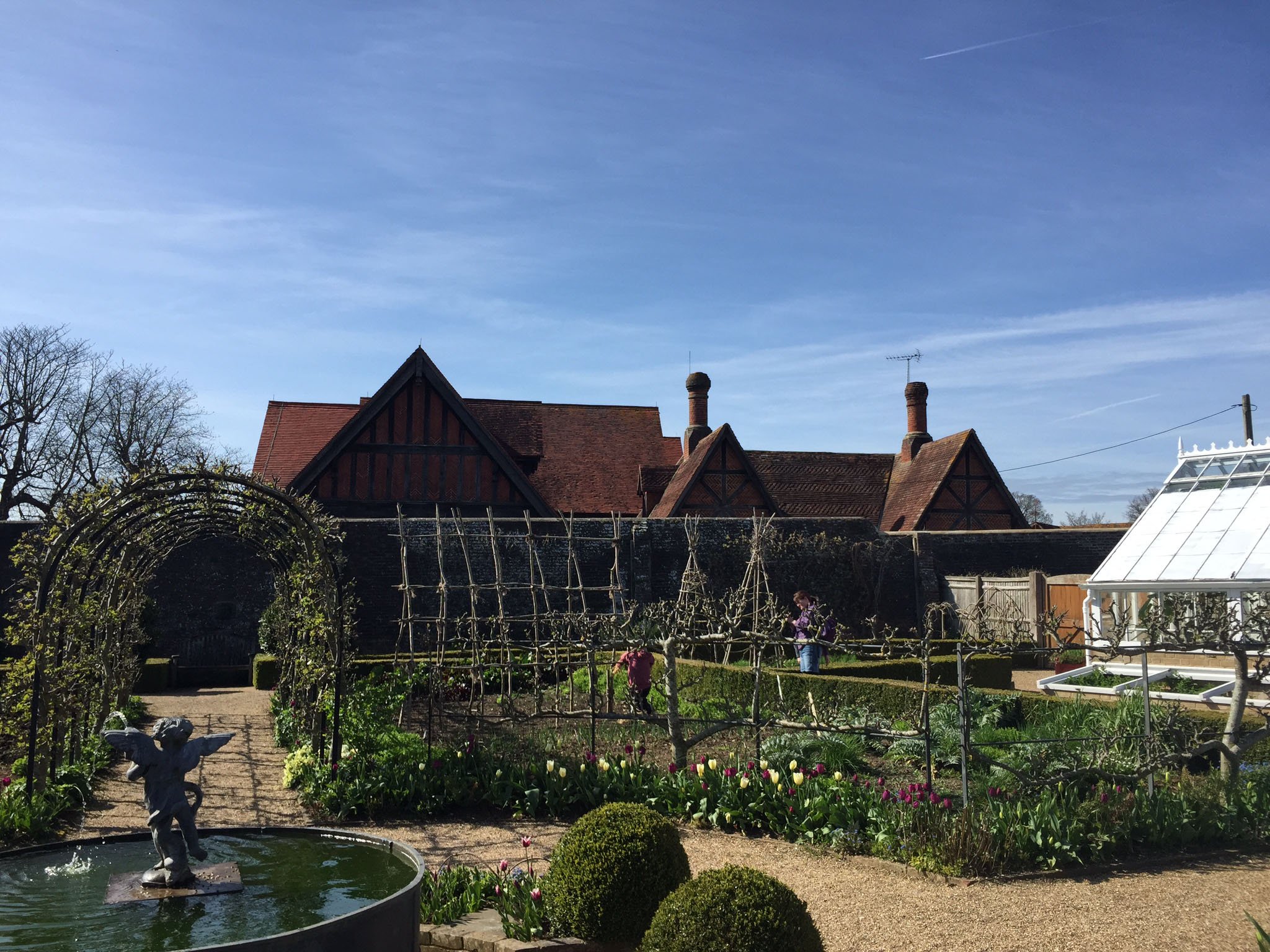

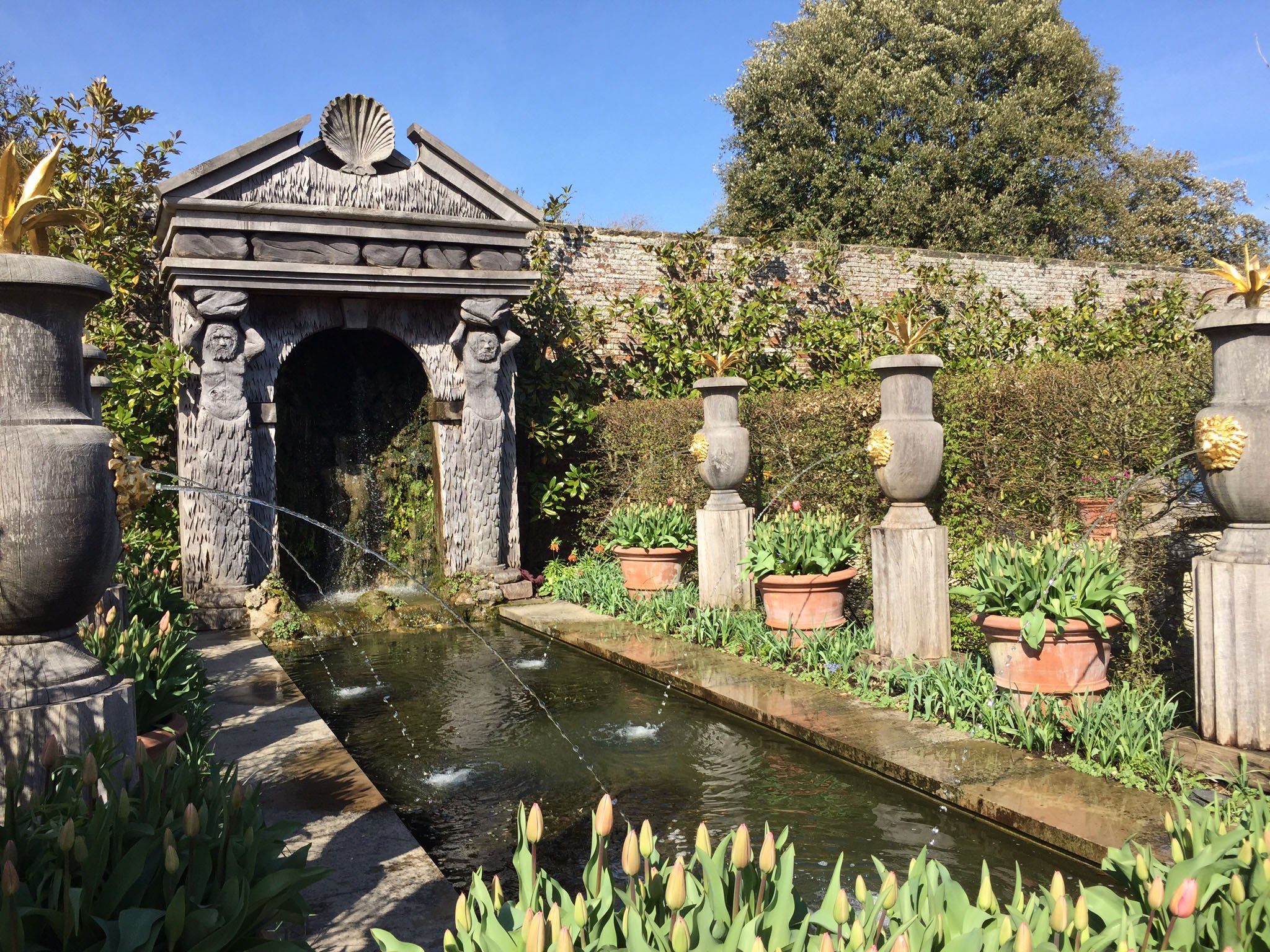
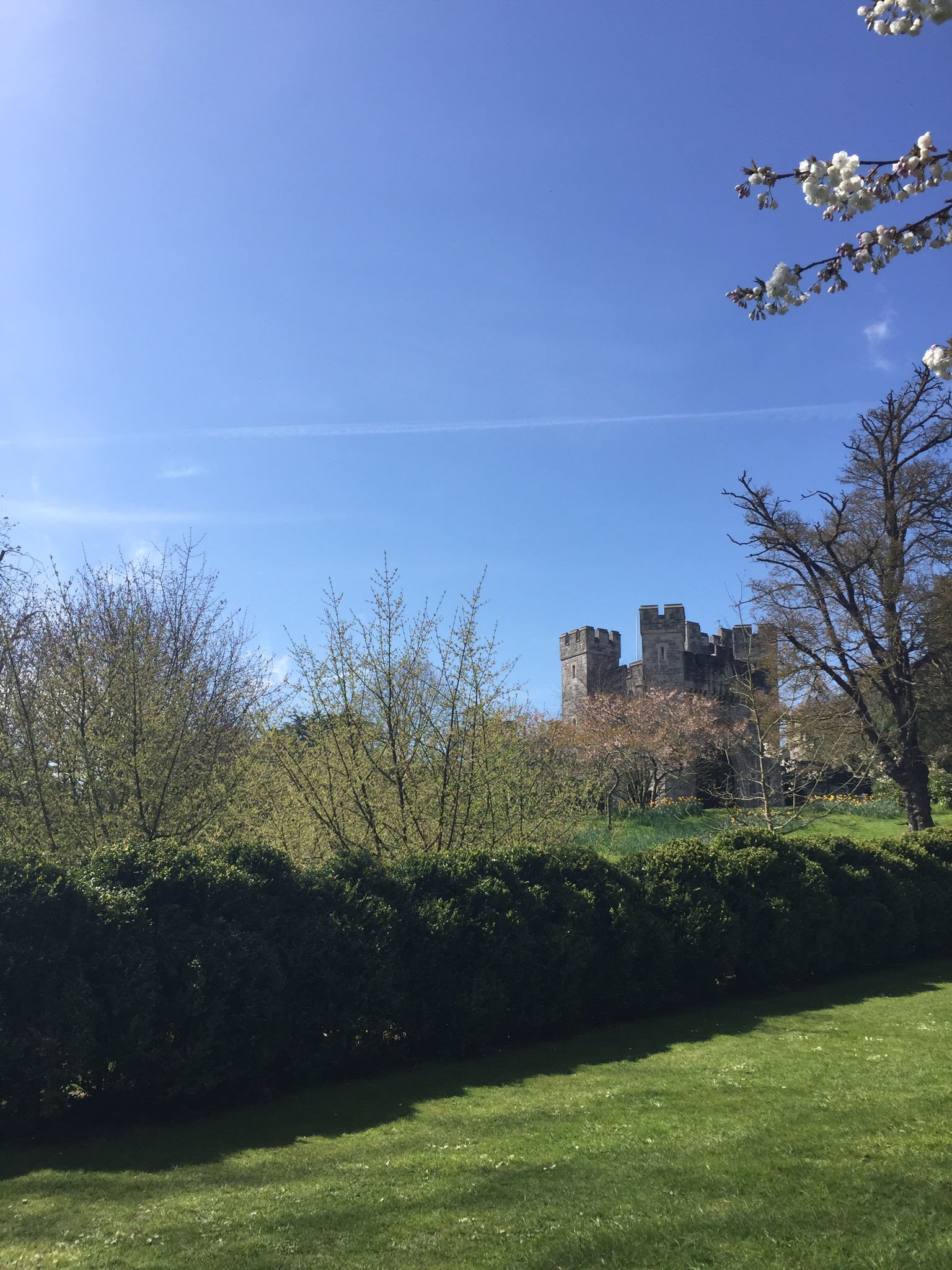
Arundel Castle Facts
Arundel Castle is of a motte and bailey design, and has a dry moat. The keep is 100 feet above the moat. The castle's purpose was to protect the Sussex from attack, and siting it on the River Arun gave it the best defensive position. Arundel Castle is one of the longest inhabited castles in the country.
Who Lives in Arundel Castle? The Dukes of Norfolk, currently Edward Fitzalan-Howard, 18th Duke of Norfolk, and his family.
When Was Arundel Castle Built? Arundel Castle was first founded in 1067, with motte constructed in 1068. The gatehouse followed in 1070, and the d'Albini family and Henry II build more of the castle in the years to follow.
Arundel Castle and the Duke of Norfolk
Famous Dukes of Norfolk include the 2nd Duke, Thomas Howard, Earl of Surrey (1443-1524), who won a decisive victory in the Battle of Flodden against the Kingdom of Scotland, under James IV of Scotland.
The first Baron Howard of Effingham (1510-1573), William Howard, who alongside Sir Francis Drake saw off the Spanish armada in 1588.
The 3rd Duke of Norfolk, Thomas Howard, Earl of Surrey (1473-1554) was an uncle to Anne Boleyn and Catherine Howard, both wives of King Henry VIII. He was a major factor in these marriages, but fell out of favour with the King in 1546, and was stripped of his dukedom and imprisoned in the Tower of London, but avoided execution when the King died. He then aided Queen Mary I in securing her throne, and contributed to the alienation of his Catholic family and the Protestant royal line, which would be continued by Queen Elizabeth I.
The fourth Duke of Norfolk, Thomas Howard (1536-72) was the second cousin to Queen Elizabeth I through her maternal grandmother, Lady Elizabeth Howard. He was imprisoned by Elizabeth in 1569, for considering to marry Mary Queen of Scots. Then, after his release, Norfolk was supposedly caught plotting to put Mary on the throne, to restore Catholicism in England. Norfolk was executed for treason soon after, in 1572.
Visiting Arundel Castle
Arundel Castle is run and managed by the Arundel Castle Trust. For details on opening times, facilities and refreshments please visit: https://www.arundelcastle.org/
Address: Arundel Castle, Arundel, West Sussex, BN18 9AB
